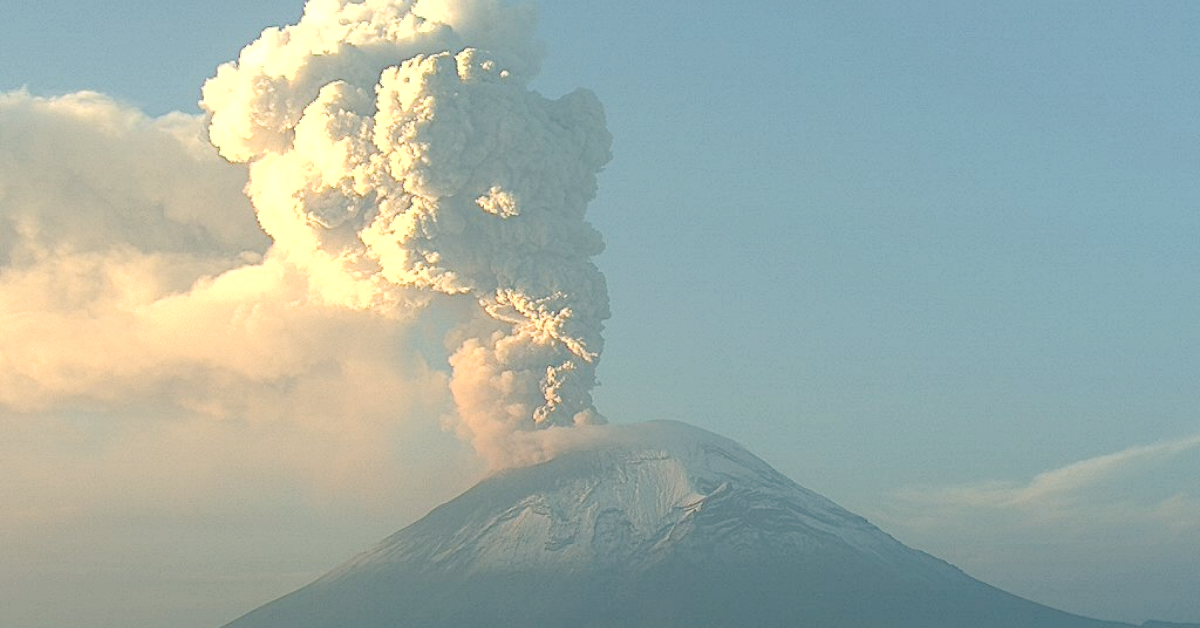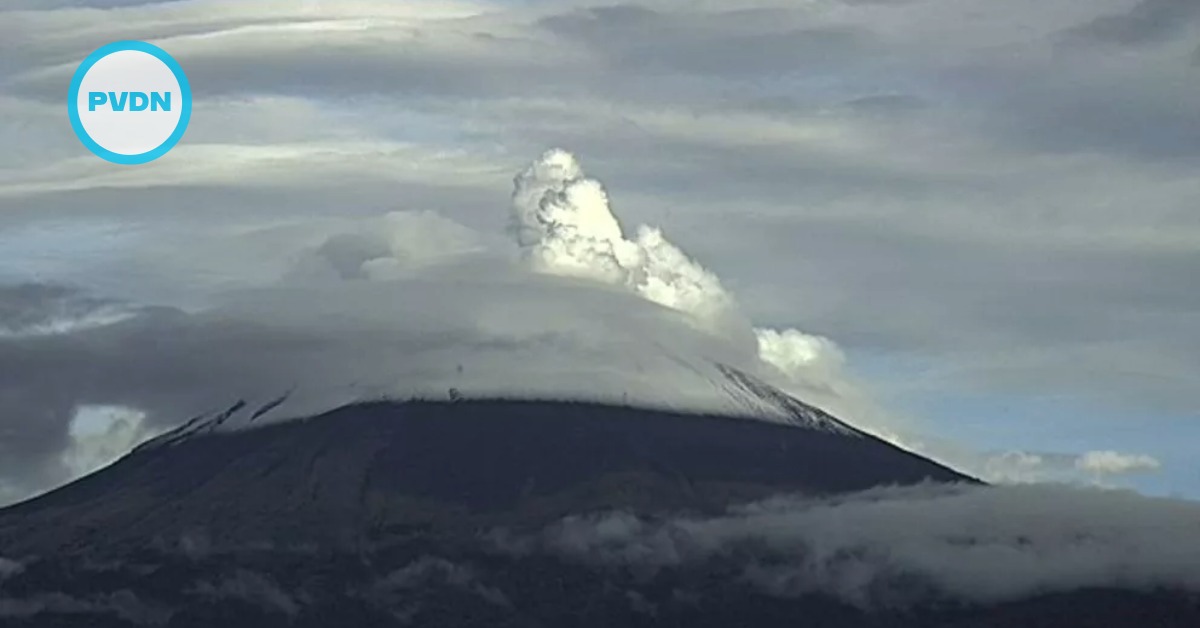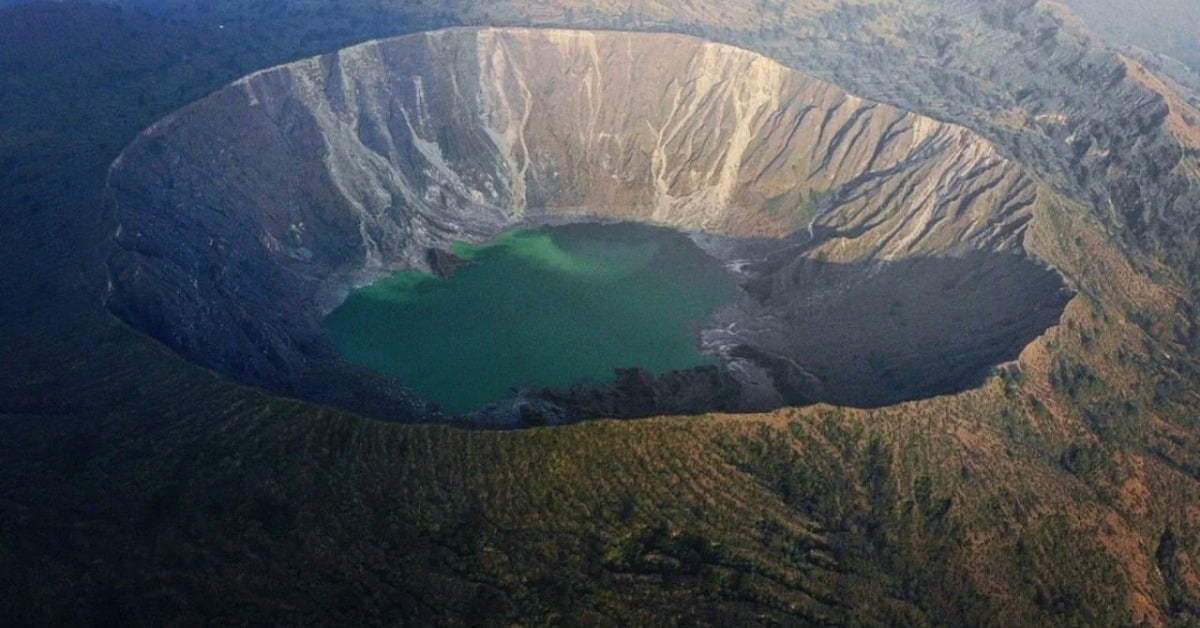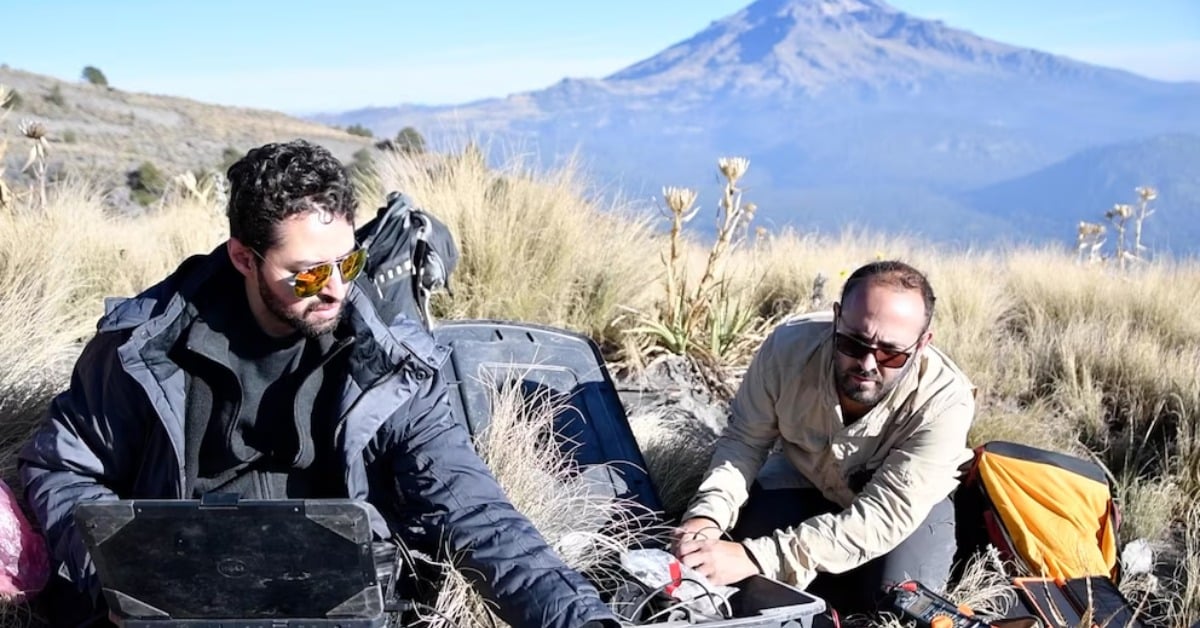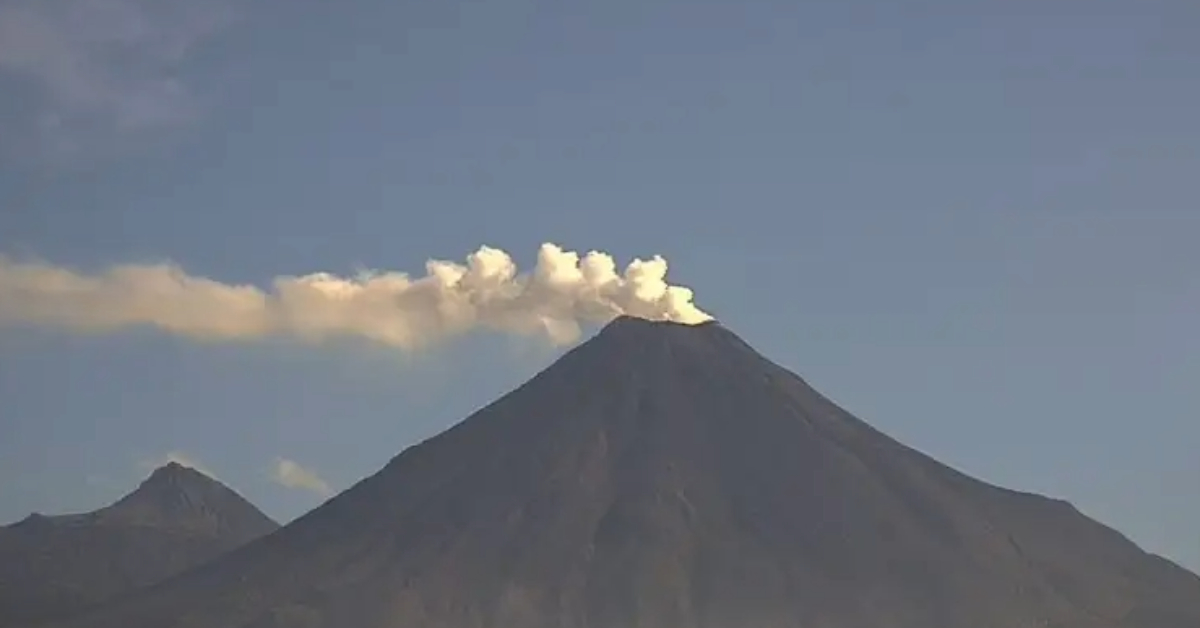Puerto Vallarta (PVDN) - Mexico's central region rumbles as the colossal Popocatépetl volcano shows escalating signs of activity. Ever since 1994, this giant has been on the watch list, but recent alarms over its intensified activity have become increasingly concerning. Over a span of 40 hours, hundreds of explosions have been recorded, prompting preemptive preparations for potential crises.
Approximately 7,000 soldiers are on standby across the states of Puebla, Morelos, and the State of Mexico, poised to initiate evacuations if needed. Education has come to a standstill in 40 municipalities, while a 12-kilometer security . . .


